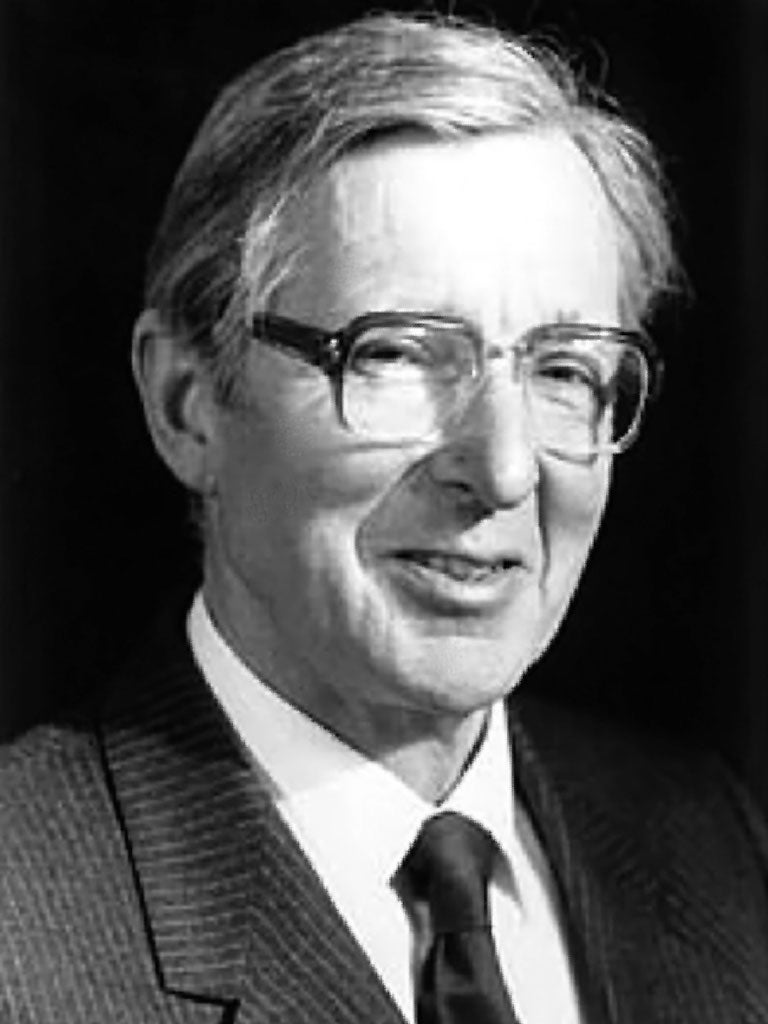
Aubrey Leatham was at the vanguard of cardiology in Britain and headed the team at St George's Hospital, Hyde Park Corner in London, which in 1955 engineered and implemented the first artificial pacemaker. His three-decade tenure led to a hugely productive period of clinical research and development and cemented Leatham's reputation as one of the world's leaders in cardiac pacing and electrophysiology.
Leatham was already a pioneer of cardiac auscultation (listening to the heart's rhythms), when he was appointed to St George's in 1954. His aim was to establish a specialist cardiac unit at a time when cardiology was not yet established as a separate discipline. Determined to put auscultation on a more scientific basis, he designed new apparatus, involving sound filters and microphones placed on different sites over the heart. His department consisted of himself, one technician and an ECG machine but Leatham assembled a strong team of clinicians and researchers.
Leatham's unit was based on that of Paul Wood at the Institute of Cardiology, where Leatham had trained. Wood was largely responsible for the "Golden Age of Cardiology" during the 1950s and 1960s which turned London into a world centre for the diagnosis and management of heart disease.
In the late 1940s and early '50s Leatham had seen countless cases of atrio-ventricular (AV) block – a disease of the electrical-conduction system of the heart which was invariably fatal. Leatham believed it ought to be possible to stimulate the ventricles to contract by using an electrical pulse, and hired a skilled bio-engineer, Geoffrey Davies to build him a "stimulator".
Davies designed pacemakers from scratch, prompted by news that researchers in the US had built large devices which delivered 300 volts to stimulate the heart from outside the chest. He adapted the design to incorporate a safety mechanism to stop the charge being delivered if the heart was still beating, an improvement first used in 1955, on a 55-year-old woman who suffered from frequent cardiac arrest. Although "successful", the procedure caused her such pain that the machine was turned off to allow her to die peacefully.
Leatham then decided to stimulate the heart directly, using a lower voltage. Davies miniaturised the equipment so wiring could be inserted directly into the wall of the heart, stimulating it with three volts.
Whereas US doctors were using internal wiring to tide patients over temporary heart blocks, Davies and Leatham realised its potential as a long-term solution. In 1961, Leatham's team implanted the first "indwelling" pacemaker, in a 65-year-old man. The nickel-cadmium "accumulator", which powered the pacemaker, had to be recharged once a week. By 1965 they had treated 1,000 patients.
Born near London in 1920, Aubrey Leatham was the son of a doctor. He attended Charterhouse school where his father was the medical officer who also treated local people for free. On one occasion Aubrey listened to the cracking sounds, a sign of mitral stenosis, of a woman's heart through a stethoscope.
With Britain at war, Leatham took a two-year degree in Medicine at Trinity College, Cambridge before further training at St Thomas' and at Queen's Square neurological unit. In 1945, Sir John Parkinson invited him to join the National Heart Hospital in London as a junior registrar. Influenced by Parkinson, Leatham became interested in auscultation and devised a recording device by connecting a telephone earpiece to a string galvanometer in order to detect currents.
In 1948, he received a two-year Sherbrook research fellowship in cardiology at the London Hospital. In 1963, he was summoned to examine the King of Bhutan. The king, who had been bedbound for months, was given the all-clear by Leatham, who later received the Order of Bhutan.
Leatham's other contributions included, in 1958, a new stethoscope that became a clinicians' favourite; in 1963, he was the first in Europe to introduce coronary arteriography.
Upon retirement in 1985, Leatham was amused when three new cardiologists were appointed to replace him – a practical tribute to a remarkable man. In 2009, he was fitted with a pacemaker of his own. In his free time, the tall, lean Leatham enjoyed playing tennis, sailing, cross-country skiing, and mountaineering.
Martin Childs
Aubrey Gerald Leatham, physician: born 23 August 1920; married 1954 Judith Savile Freer (one son, three daughters); died Chichester 7 August 2012.
Subscribe to Independent Premium to bookmark this article
Want to bookmark your favourite articles and stories to read or reference later? Start your Independent Premium subscription today.

Join our commenting forum
Join thought-provoking conversations, follow other Independent readers and see their replies